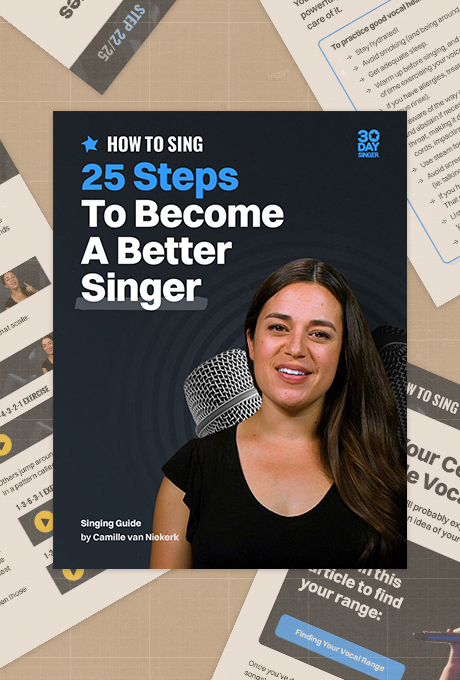Head Voice for Adults
May 9, 2025
If you’re an older singer looking to build confidence in your head voice, there are some simple but powerful vocal exercises that can really help you find strength, control, and ease in those higher notes.
Head voice can be tricky—especially if you haven’t used it in a while or if your vocal cords are tired. Start with a gentle warm-up using the “ng” sound (like the end of the word "sing"). Keep your jaw relaxed and let your tongue touch the soft palate. Then slide through your head voice range. Keeping your head and neck loose (even moving a little as you do it) can make a big difference in freeing up your sound.
If you have a straw handy, try singing through it. This builds breath support and vocal control while keeping the throat relaxed. As you rise in pitch, feel your core engage—and when the pitch falls, let your body relax. If no straw is available, stick with the “ng” sound.
A lot of adult singers find their head voice feels breathy or lacks power. That’s where chord compression comes in. Try taking a deep breath, then a little more, and notice how your vocal folds come together to hold that air. Follow this with some “go go go” or “ka ka ka” exercises to gently bring your vocal folds into better contact.
Once you feel the connection, try the “Sing free” scale, singing one-five-four-three-two-one with a tall “ee” vowel. Keep your jaw relaxed, your tone supported, and that vocal fold connection strong.
Consistency is key. With patience and regular practice, your head voice can become a strong and expressive part of your vocal range.


